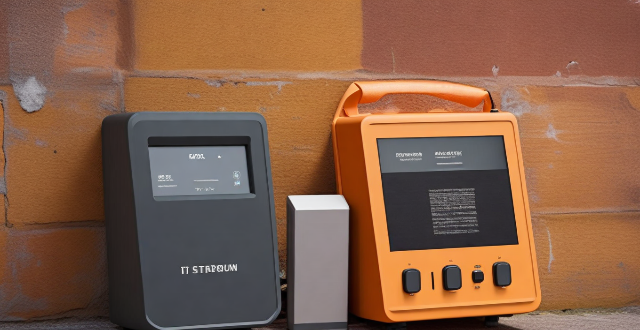When it comes to extending the battery life of your devices during travel, you have two main options: using a case with a built-in battery or carrying a portable power bank. Both solutions have their pros and cons, and the best choice depends on your specific needs and preferences, including convenience, protection, cost, and charging needs. If you prioritize convenience and protection for a single device, a case with a built-in battery might be the best choice. However, if you need flexibility and affordability for charging multiple devices, a portable power bank could be the way to go.

Is it better to use a case with a built-in battery or carry a portable power bank for extending battery life during travel?
When it comes to extending the battery life of your devices during travel, you have two main options: using a case with a built-in battery or carrying a portable power bank. Both solutions have their pros and cons, and the best choice depends on your specific needs and preferences. Let's explore these options in detail.
Case with Built-in Battery
##### Pros:
- Convenience: A case with a built-in battery offers seamless integration with your device, eliminating the need to carry additional cables or accessories.
- Protection: These cases often provide added protection for your device, guarding against drops, scratches, and other types of damage.
- Charging on the go: You can charge your device while it's in use, making it ideal for extended gaming sessions, watching videos, or using GPS navigation.
##### Cons:
- Bulkiness: Cases with built-in batteries tend to be bulkier than standard cases, which might not appeal to everyone.
- Cost: These cases are generally more expensive than regular cases or portable power banks.
- Limited capacity: The battery capacity is fixed and may not be sufficient for all your charging needs, especially if you're traveling with multiple devices.
Portable Power Bank
##### Pros:
- Versatility: Power banks come in a wide range of sizes and capacities, allowing you to choose one that suits your specific needs.
- Multiple Devices: You can use a single power bank to charge multiple devices, as long as they use the same type of port (e.g., USB-C or Micro-USB).
- Affordability: Power banks are generally more affordable than cases with built-in batteries, making them a cost-effective option for extending battery life during travel.
##### Cons:
- Additional Weight and Bulk: Although power banks are compact, they do add weight and bulk to your luggage or pockets.
- Need for Cables: You'll need to carry charging cables with you, which can be cumbersome and easily misplaced.
- Charging Time: Depending on the capacity of the power bank and the charging speed of your device, it may take longer to fully charge your device compared to using a wall charger or a case with a built-in battery.
Conclusion
Both cases with built-in batteries and portable power banks have their advantages and disadvantages when it comes to extending battery life during travel. Your decision should be based on factors such as convenience, protection, cost, and charging needs. If you prioritize convenience and protection for a single device, a case with a built-in battery might be the best choice. However, if you need flexibility and affordability for charging multiple devices, a portable power bank could be the way to go. Ultimately, the right solution will depend on your unique circumstances and preferences.